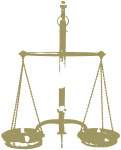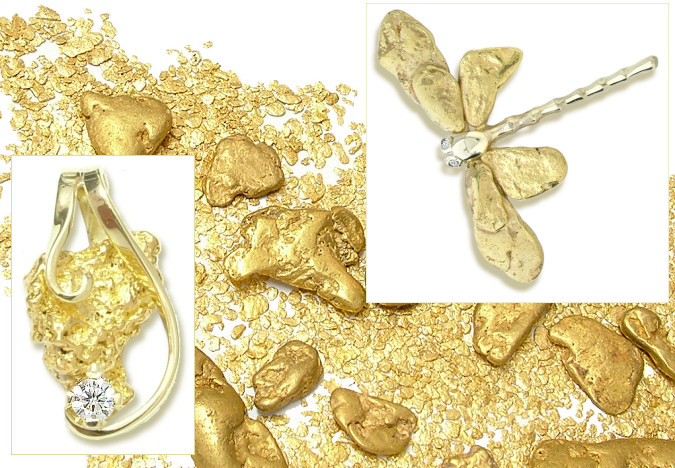
About Us and Our Jewellery
Established in 1985, The Gold Room brings Westland’s rich gold mining story to life as beautiful jewellery crafted from the locally found natural gold nuggets and flakes.
Our philosophy, when creating jewellery with natural gold, is to leave the nuggets in their original state, preserving the unique raw forms, from the ground.
When working with the natural gold nuggets and flakes, to make beautiful jewellery that is not only different but very wearable, many of the innovative designs incorporate prized gemstones, elegant gold work and of course imagination. Each piece of beautiful jewellery is designed to express the nuggets own individual character.
Our Studio Gallery in Hokitika
If you are visiting, the shop is open 7 days a week and offers a unique opportunity to see local, natural gold nuggets straight out of the ground and made into stunning nugget jewellery.
You are welcome to hold one of the large, real, natural gold nuggets in your hand and feel the amazing weight of gold.
Photos and artifacts of current and historic mining, adorn the shop and we often have antique scales for sale. There are also two, 3 meter long gold mining models with miniature sluice guns, gold dredge, gold miners, and water wheels to view, and a recent addition, of a scale model gold stamping battery.
You can also purchase your own gold pan to try your luck, in one of the public gold panning areas nearby.
We are located in the heart of the craft mecca in Hokitika, 37 Tancred Street.
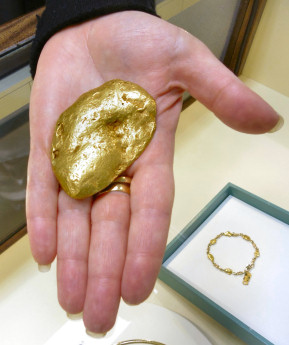
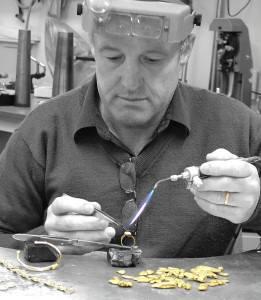
Watch the Jeweller Working
Watch our in house jeweller working with the natural gold, creating that exclusive piece of unique nugget jewellery.
You are welcome to view our jeweller as he works at his bench. Watch him as he uses his torch to careful heat a natural nugget, then attached a ring to the top with gold solder. This is the first stage in making a nugget into a pendant that you can wear. He may also be rolling out a rod of metal, or drawing wire through a plate to make the necessary size piece of metal he requires. If you catch him on the right day, watch him melting gold to make a wedding band. Gold melts at 1064 degrees Celsius.
The polishing room is where all the finishing takes place. There are large rotating buffs, tumbling machine and sonic cleaner to make your special piece come to life.
History of Gold in Westland
Gold was first discovered by explorers in Westland 1864. This sparked one of New Zealand’s largest gold rushes and was comparable to the rushes of California in 1849, and Klondike in 1900. It is not surprising that many of the same men were involved, traveling between the California, Victoria Australia and New Zealand goldfields. This also included gold miners from China who first arrived on the West Coast in 1867. By 1871 there were 5000 gold miners from China working the goldfields.
Hokitika and its Port became the capital of the bustling West Coast goldfields and at one stage boasted 102 hotels, 84 of which were in endless succession along one of the main streets. Between 1864 and 1871 the recorded gold recovery for Westland was £10,224,311 with an average of £3 17s per fine ounce.
Commercial gold mining has not stopped on the West Coast and continues into this modern era.
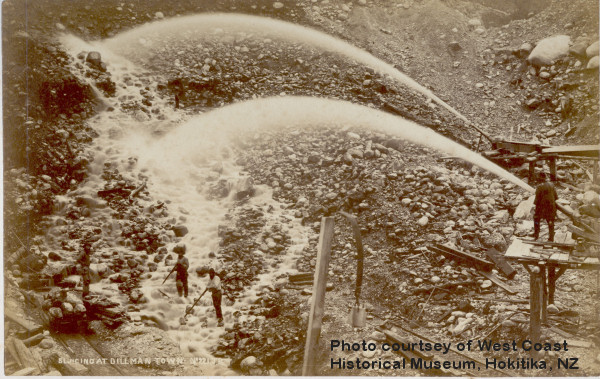
Guarantee of Genuine Natural Gold Nuggets
The Gold Room is delighted to be able to offer its unique jewellery to you, and guarantees that all the gold nuggets and flakes used in our jewellery are natural as found out of the ground. They are not man-made, melted, molded or other type of imitation.
We source the natural gold nuggets and flakes from local commercial mining operations, and individual gold fossickers.
During the jewellery making process, we often polished the natural gold to bring out it’s rich yellow colour and attach the natural gold to, or on to, other jewellery parts, but we never alter the nugget from it’s original form.

Uniqueness and Rarity of Gold Nuggets
Most of the gold mined in Westland today is alluvial or placer gold, which is in the form of very fine and rare beach gold, small gold flakes, and prized nugget sized pieces.
Each nugget is itself unique, with no two nuggets ever exactly the same just like snow flakes. With only approximately 2% of all gold mined in the world today in nugget form, this makes nuggets rarer to find than diamonds by volume, and means gold nuggets are highly sought after and valuable.
Not all nuggets are able to be used in the production of jewellery, for that reason jewellery nuggets are even more precious.
Purity of West Coast Gold and its Formation
Westland’s gold is one of the purest in the world being 94% – 98% pure (95.9% = 23kt) in its natural form. This purity gives the gold its rich natural yellow colour.
Ancient glaciers and tectonic movements have shaped the gold. Tectonic forces have crushed and split open the original host quartz veins releasing the trapped gold within. Glacial paths and natural water ways have helped disperse the raw gold. The resultant effects are that West Coast gold is mostly alluvial gold of the flatter smooth variety, and surprisingly hard in its raw form.
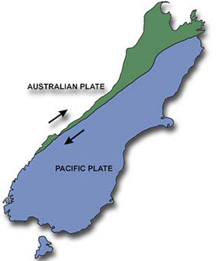

Mining Techniques
Many of the same techniques used by the old time miners are still used today, but with the advent of modern equipment and machinery. Water races have been replaced with electric or diesel water pumps. The pick, shovel and sluice water cannon, with earth moving excavators, and the sluice box or cradle with mechanical rotating hydraulic screens.
The gold pan is still in as much use today as it was last century. Today it is used for the very end wash up of the riffle tables from the hydraulic screens, and as a simple method of testing new ground for colour.
Recreational prospectors and hobbyist can still do well, we have made many gold wedding bands using their hard labours.
New Zealand’s Largest Nugget
The largest nugget ever found in New Zealand, ‘The Honorable Roddy’, named after the Minister of Mines of the day, Roderick McKenzie was discovered in 1909 just south of Hokitika. It weighted 3.09kg or 99.63oz.
It was originally found by Messrs Scott and Sharpe and was brought by a Ross storekeeper and his Canterbury associate. A cast of the nugget was shown in the Canterbury Museum.
In 1911 the ‘Honorable Roddy’ was bought by the government. It was mounted in a fitting setting and was presented to King George V of England as a coronation gift from the people of New Zealand.
Unfortunately the Palace has no record of what happened to the nugget and it is rumoured to have been melted down to make a tea service.
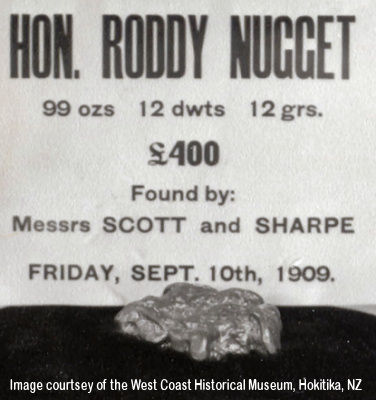
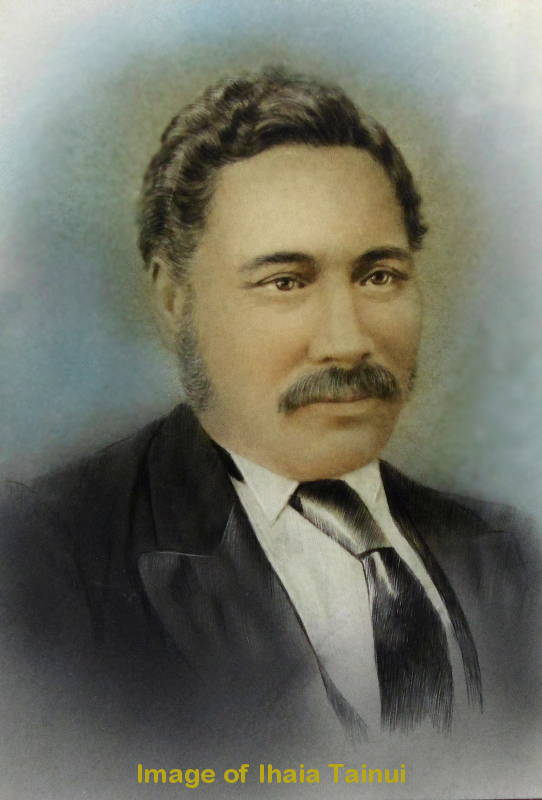
A Personal Connection to the Discovery of Gold in Westland
Barry along with his wife Teresa are the owners of The Gold Room. Theresa shares her families history and connection to the first gold discovery in Westland.
Teresa’s family history is woven into the Maori and European story of the West Coast, like a golden thread. Both sides of Teresa’s whakapapa – her family tree and connections with the land – are firmly rooted in the West Coast for centuries. Her father’s family were goldminers, while her mother, Mary Hinetewai Tainui was born at the nearby Maori Pa at Arahura, which has a human history as old as any in New Zealand, the Arahura River being the source of the legendary greenstone or pounamu.
The Tainui name is not only steeped in the ancient Maori history and traditions of the South Island as one of the leading families of the Ngai Tahu tribe, but is also linked to the very first gold discoveries on the West Coast in the early 1860s.
In fact, it was Teresa’s great-great-grandfather Ihaia Tainui who first brought gold prospecting skills to the Coast from observing the men at work on New Zealand’s first goldfield at Collingwood, near Nelson. Within a few weeks Maori were discovering even better gold prospects in the wilds of the northern West Coast, at Waimangaroa, Buller Gorge and Lyell – and Ihaia was always at the forefront.
Ever restless for new gold discoveries, Ihaia was among the first Maori to be bitten with ‘gold fever’. He knew how to win gold and he knew where to look, and so 1863 found him prospecting in Hohonu Creek, not far from Arahura, with a sluice box and gold pan. His people knew Hohonu intimately, not for gold but for the treasured pounamu found within its waters.
By now the provincial government in Christchurch had offered a substantial reward for the first person to discover a ‘payable’ goldfield in Canterbury (the West Coast was then known as West Canterbury). With this in mind, Ihaia soon had stored up a nice little pile of gold flakes from his lonely claim at Hohonu. At the same time, a Christchurch businessman chartered a boat to sail to the Mawhera (Grey River) to join the search for gold. Instead, the captain made a wrong turn and ended up crossing the bar at the next river, the Taramakau. Realising his mistake, this Captain Dixon panned some gravels on the south bank of the Taramakau River, and came up with a glittering prize, a small parcel of fine gold.
Captain Dixon’s sailing ship was stuck inside the river mouth until the next spring tide, so he paid two local Maori who had been helping try to free his ship, to walk over the mountains with an urgent courier to deliver to his brother-in-law. One of these men was Ihaia Tainui. Sealing up the parcel and without telling them what was inside it, Dixon sent them on their way to deliver what he thought was his claim on the £200 bonus.
However, he was not the only wily one at Taramakau that day. Ihaia took the opportunity of the long trek to Christchurch to take his parcel of scaly, nuggety gold to claim the bonus – without telling anyone else. Five days later Ihaia faithfully delivered the courier to Captain Dixon’s brother-in-law, who celebrated all night long at his pub, the appropriately named Golden Fleece Hotel, and the next morning presented himself at the government offices to claim the bonus. But he was 10 minutes too late – his Maori courier had beaten him to it and had tabled his own pouch of gold. He protested and blustered, and even accused Tainui of stealing his gold, but the officials noted that Dixon’s gold was very fine and of very small quantity, whereas Tainui’s was flaky – and plenty of it.
Ihaia Tainui was undoubtedly the first, but in the end the provincial government found an excuse not to pay him the bonus – Hohonu was too difficult to access from Christchurch! Regardless, Ihaia returned home and resumed digging for gold, joined by his Maori relatives. In between gold digging, the Maori prospectors were always on the lookout for pounamu, and when they found a large boulder in the Hohonu creek bed they levered it up and found a sprinkling of nuggety gold underneath. Subsequently it was renamed Greenstone Creek.
A handful of European diggers who had followed Ihaia’s lead to Hohonu excitedly pegged out the creek – including a slippery character named Albert Hunt, who was cared for by Maori when he arrived on the West Coast destitute, and then ‘jumped’ their gold claim and falsely claimed the title as the discoverer of the West Coast goldfield.
Although unrewarded and unrecognised as the true discoverer of the goldfield, Ihaia Tainui and his fellow Maori prospectors continued to find new goldfields and were therefore the first to open up some of the richest diggings on the West Coast — Kaniere, Totara (Ross), Waimea, Okarito and Notown to name a few.
When his prospecting days were over Ihaia Tainui settled down with his family at Arahura Pa, and in 1879 he was elected by South Island Maori as their representative in Parliament.
Tainui’s grandfather was the great fighting chief Tuhuru, who led a conquering war party across the Southern Alps, overwhelming the previous West Coast tribe and establishing authority for the Ngati Waewae tribe. Tuhuru’s eldest son Tarapuhi was famous in the earliest days of the West Coast for his hospitality in welcoming and feeding every European who ventured into what then was an unexplored wilderness, and helping save those who got into trouble.
Tarapuhi was another of Teresa’s direct ancestors. He died in 1864 and was laid to rest in the ancestral burial cave at Mawhera (Greymouth).
- 24 kt = 999 parts per thousand pure 99.99%
- 22 kt = 916 parts per thousand pure 91.60%
- 18 kt = 750 parts per thousand pure 75.00%
- 14 kt = 585 parts per thousand pure 58.50%
- 10 kt = 417 parts per thousand pure 41.70%
- 9 kt = 375 parts per thousand pure 37.50%
Fineness and Purity of Gold Karats
Karat can also be spelt as carat and abbreviated to: kt / k/ ct
Karat in gold is a measure of purity, not to be confused with diamond carat which is the weight of the stone.
Natural gold does not come out of the ground at an exact karat, as it is formed by nature, this is why it is quoted as a percentage pure.
To make karated gold jewellery, the gold is refined and then the alloys are added in the right quantities to make the required karat. For example, an item in 18kt gold has 75% pure gold content and 25% of alloys.
You can have any karat of gold between 1kt and 24kt as it is just a matter of ratio of pure gold content to alloy.
The Weight and Measures of Gold
New Zealand weights and measures are in the metric system (gram and kilogram), please be aware of the difference if you are using imperial weights and measures or any other system.
- 1 Troy Ounce = 31.103 Grams
- 1 Troy Ounce = 20 Pennyweight
- 1 Grain = 0.064 Grams
- 15.432 Gain = 1 Gram
- 0.643 Pennyweight = 1 Gram
- 32.15 Troy Ounces = 1 Kilogram
To convert grams to pennyweight divide the gram weight by 1.552
For example 16 grams ÷ 1.552 = 10.49 pennyweight
